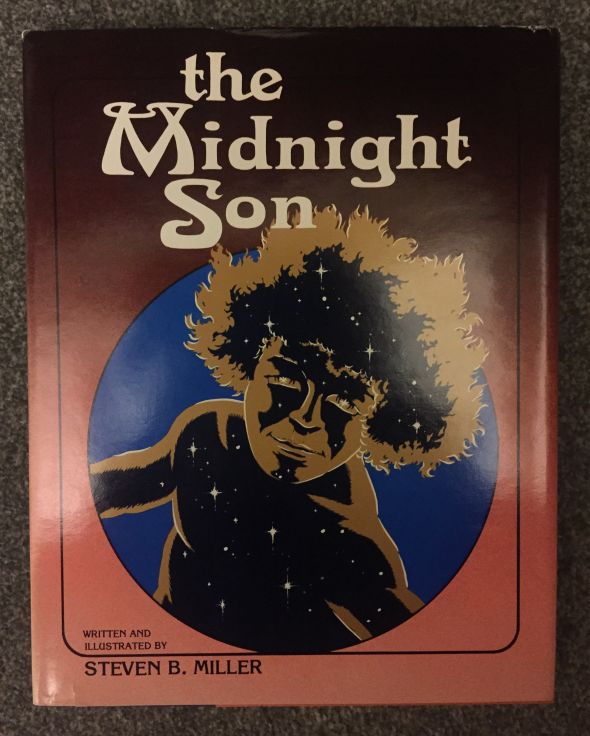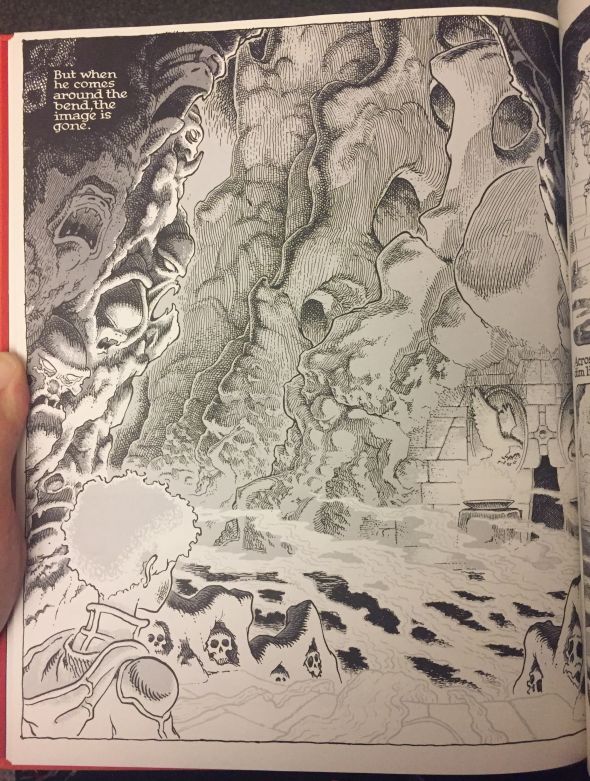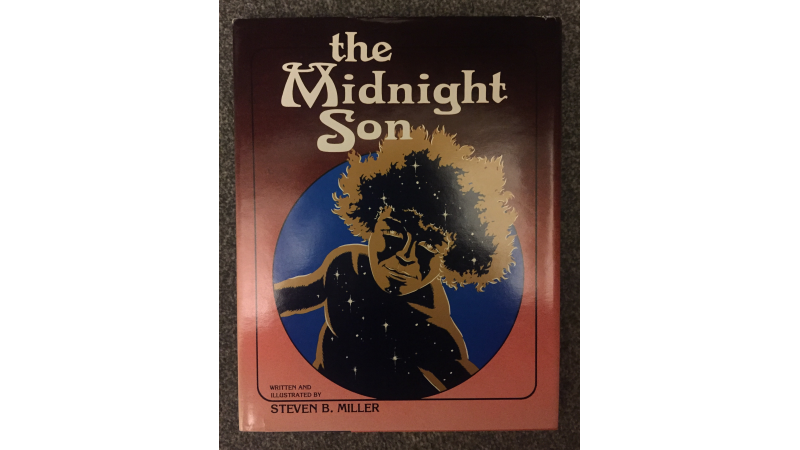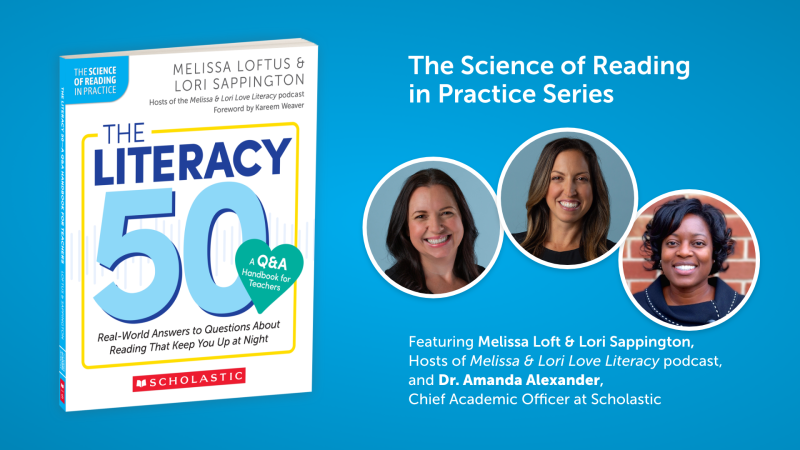Happy Throwback Thursday! Earlier this week, Vulture published a great piece on what they've dubbed "the Youth-Comics Explosion." Essentially it's a deep-dive into the current popularity of graphic novels for younger kids that don't feature big-name superheroes. Graphix's reprint of Jeff Smith's Bone series is mentioned as one of the early catalysts of the trend, and current Scholastic author/illustrator Raina Telgelmeier is referred to as the "Elvis Presley" of the genre. (If you have a chance, the entire article is really worth checking out.)
When I went to the Library to meet with Deimosa, she mentioned she saw on Goodreads a conversation between a bunch of people trying to identify a graphic novel from the 1980s. Turns out, it was one of ours: Steven B. Miller's The Midnight Son. Once I saw it, I knew it would be the focus of this week's post.

Published in 1981 by our Four Winds Press imprint, I'm assuming it's one of Scholastic's earliest graphic novels. Now, I know a graphic novel when I see one, but I had Deimosa give me a more technical description. She described it as "sequential art - art that tells the story as much as the words." When you pick up a graphic novel, you can connect the structure developed the works and the art, and combine them to form one coherent story.
I just sat down and read this book, and it ended up being a very trippy and abstract journey. It starts out familiar enough: a space traveler looking for something missing - although he's not entirely sure what it is. He stops on a planet to see if they have it. He meets people who try to help him find the thing he's looking for. Then, just before he leaves the planet, he falls into a metaphysical hero's journey where he crosses a river, battles a dragon, befriends a worm, falls through space, and meets a goddess in the center of the universe. The second half of the book was quite a ride.
The first half of the book very much feels like a traditional graphic novel; the art and dialogue between the characters drives the story forward. However, the second half of the book is Phaedran all alone going deeper inside the planet. During this part of the story, Miller relies more on narration rather than dialogue – although he does differentiate the two through lettering. The art also differs a bit in this second half – there are more full page illustrations rather than panels, along with multiple pages alsmost completely black.
Below are some images from inside the book, and here's the official book jacket description. Did you ever read The Midnight Son?
Stunningly illustrated with over 450 detailed drawings, this is the odyssey of Phaedran, child of light.
Drawn to the planet Fauna by his dream of fulfillment, Phaedran seeks to reclaim a wholeness and happiness now known only in dim memory. Enlisted in his search or the lovely Belisant, Keeper of Lost Beauty, her curmudgeonly old uncle Wyddan the Wise, and Corric, the Faunan king.
Descending into an underground world of darkness, Phaedran must pursue his difficult and dangerous quest alone, defeating a gargantuan, deadly Eel Monster and the terrifying, inhuman Firedrake. And in the shattering climax, Phaedran discovers the final and ultimate mystery: the source of life… the secret of the Midnight Sun.
This is an extraordinary fusion of fantasy and her wicked venture in an illustrated saga that can be read and appreciated on many levels.

Special thanks to Librarian Deimosa Webber-Bey for her ongoing help with this series!
Gina Asprocolas






